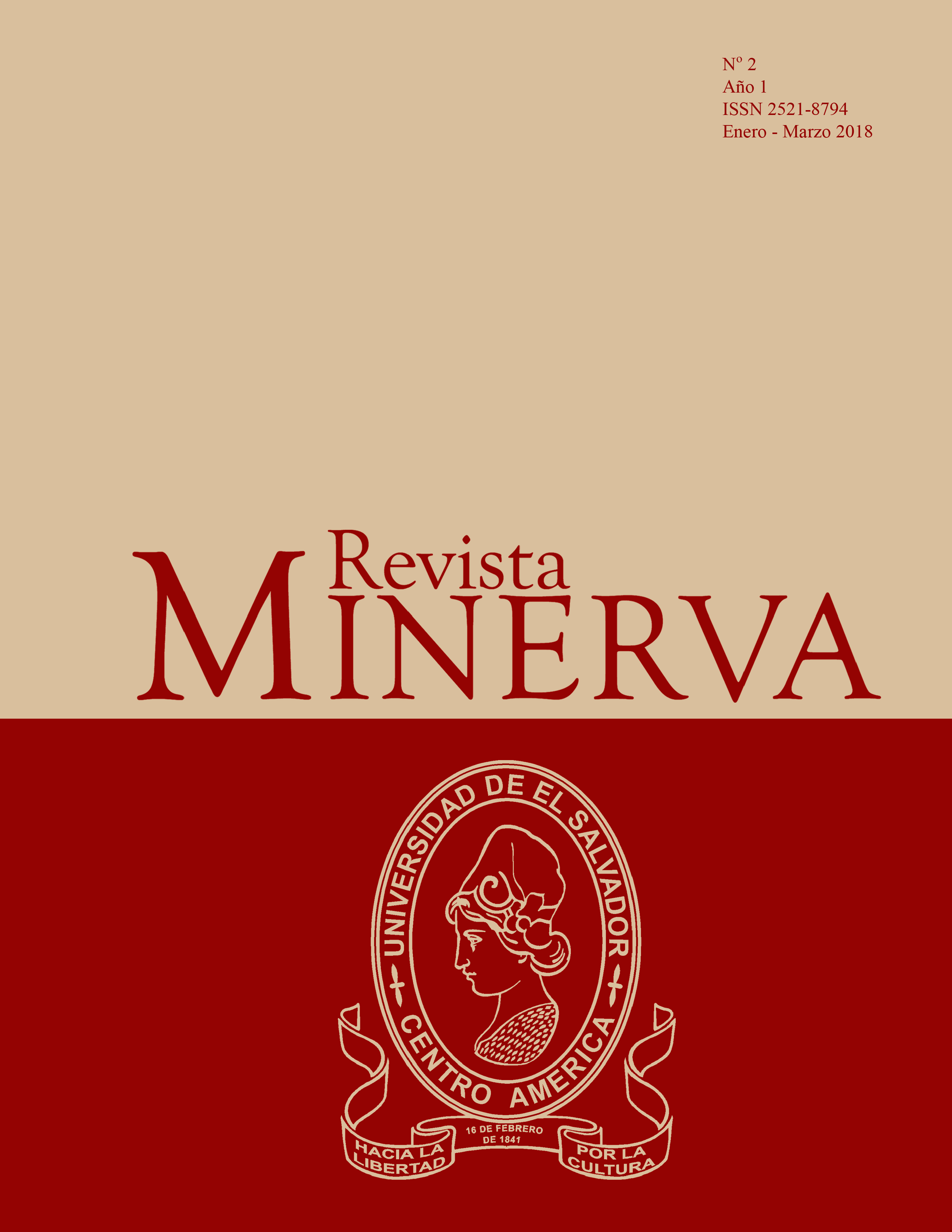Determination of Mercury, Cadmium, Lead and Arsenic in rivers of the mining area of the Titihuapa River sub-basin, Cabañas, El Salvador, C.A.
DOI:
https://doi.org/10.5377/revminerva.v1i2.12542Keywords:
Titihuapa, minerals, mining, contamination, sediments, sub-basin, NEL, Environmental, mercury, cadmium, lead, arsenicAbstract
The sub-basin of the Titihuapa River in the department of Cabañas is home to part of the Tertiary volcanism of El Salvador in that region, and therefore has an abundance of minerals. The mining activity that developed since the late nineteenth century, made this area appear as one of the most favorable for the exploitation of gold and silver in El Salvador. However, this mining prosperity may have led to the metallic contamination of a large part of the Titihuapa river basin. The methodology used included the collection of sediment samples at sites located at the confluence points of the tributary rivers of the Titihuapa sub-basin, which were stored and transported to the laboratory for their respective analysis by atomic absorption techniques, graphite furnace method and flame generator method. The Mild Effects Level (NEL) of the Guide for Sediment Evaluation, New Jersey Department of Environmental Protection, 1998, was used as a parameter. Concentrations of Hg, Cd and Pb are below the NEL values. As concentrations, most exceed the NEL of 6.0 μg/g.
191
Downloads
Published
How to Cite
Issue
Section
License

This work is licensed under a Creative Commons Attribution-NonCommercial-NoDerivatives 4.0 International License.

